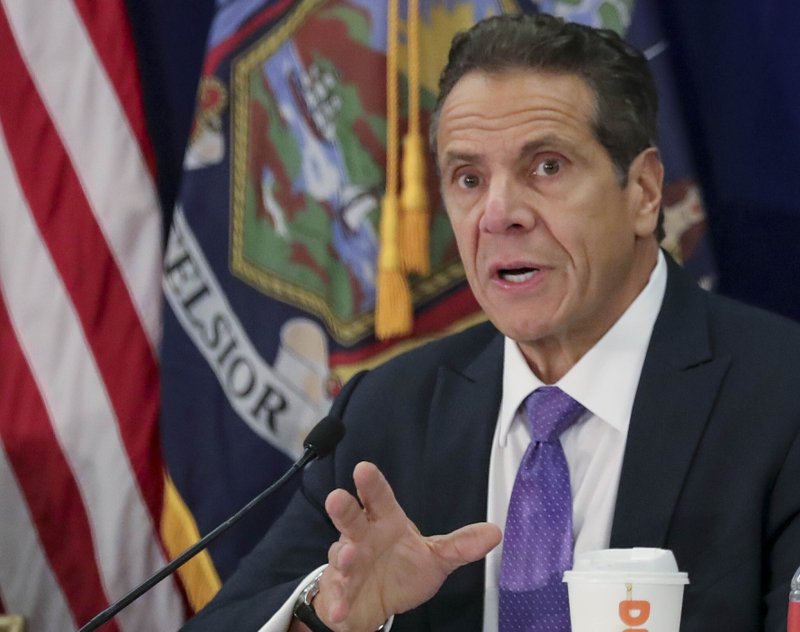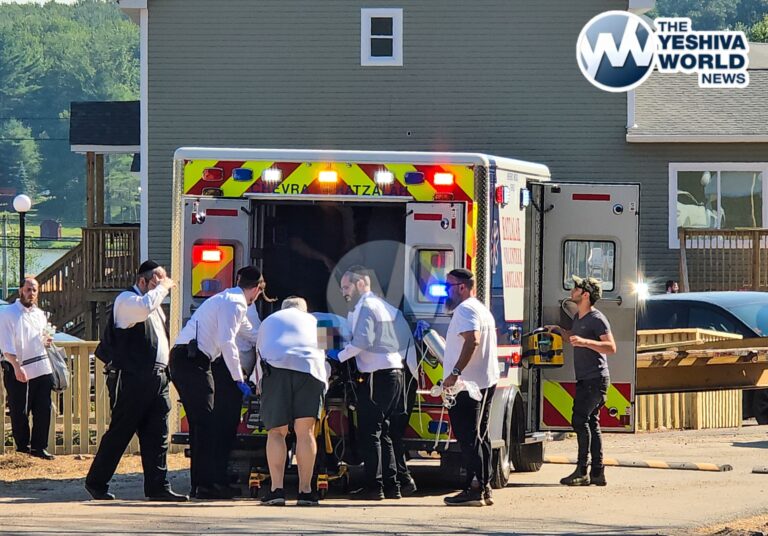New York Governor Andrew Cuomo announced that the state will allow schools to reopen in Phase 4 regions with a COVID-19 infection rate of 5% or lower (14-day average) as of August 1.
Reopening will be halted if infection rate reaches 9% on a 7-day average, Cuomo says.
Cuomo says announcements for which schools will reopen are coming Aug. 1.
Along with infection metrics retirements, students and teachers will be required to wear masks and PPE. Students and staff will also be screened for the virus every day, including temperature checks.
School districts must submit their reopening plans through a state web portal that will open on July 17. Plans must be submitted by July 31.
Health and Safety
- Focused on preventive actions, schools will be required to: perform health checks and screenings, per DOH guidance, and recognize signs and symptoms of illness in students and staff; develop plans to maximize social distancing; develop plans to manage and isolate ill persons until they can be sent home; instruct students and staff in proper hand and respiratory hygiene; require wearing appropriate face coverings; and develop cleaning and disinfecting procedures for the school in accordance with CDC and DOH guidance.
Nutrition
- Schools and school districts should include food service directors in reopening plan discussions so they are able to: provide all enrolled students with access to school meals each school day whether school is in-person or remote; address all applicable health and safety guidelines; ensure compliance with Child Nutrition Program requirements; and communicate with families through multiple means, in the languages spoken by families.
Social-Emotional Well-Being
- Social emotional well-being must be schools’ and districts’ top priority in supporting school transitions, not at the expense of academics, but in order to create the mental, social, and emotional space for academic learning to occur.
Facilities
- Schools and school districts should promote social distancing while maintaining existing safety requirements designed to protect students. To accomplish this, schools may expand their physical footprint or change the way they utilize space. Schools should also continue to meet or exceed ventilation requirements and may wish to consult with design professionals to increase ventilation and filtration.
Transportation
- The school bus is an extension of the classroom and services should be provided to all students with consistency and equity. Each district will be required to: perform regular school bus disinfection measures; train school bus staff regarding social distancing on the bus, at stops, and at unloading times; and train staff regarding the wearing of masks. Students will wear masks and social distance on the bus. Districts will continue to provide transportation to homeless students, students in foster care, those who attend religious, independent or charter schools – and those with disabilities – just as they always have.
Budget and Fiscal
- All schools and school districts must continue to meet existing state aid reporting requirements. Additionally, the content of data submissions, such as attendance data, will remain consistent with past practice, except where modified by law, regulation or executive order.
Chronic Absenteeism
- School policies and procedures must focus on the academic consequences of lost instructional time and address absences before students fall behind in school. It is critical for schools to use a variety of creative methods to reach out to students and their families who have not engaged in distance learning.
School Schedules
- Schools must create a comprehensive plan for a schedule that includes in-person instruction, remote instruction or a hybrid of both in-person and remote. All plans should be clearly communicated, with as much advanced notice as practicable, to students, families and staff.
Teaching and Learning-Requirements
- Mandatory teaching and learning requirements include: clear opportunities for equitable instruction for all students; continuity of learning when using any instructional model; standards-based instruction; substantive daily interaction between teachers and students; and clear communication plans between parents and schools.
Teaching and Learning-Flexibility
- To allow for schools and districts to adapt to complications caused by the pandemic, certain flexibilities will be authorized including: flexible student/staff ratio in prekindergarten; extended time for prekindergarten and kindergarten screening to be completed; a waiver allowing districts to convert UPK seats from full-day to half-day (not applicable to Statewide Universal Full Day Pre-K programs); flexibility with the 180 minutes per week Unit of Study requirement; flexibility in the delivery of physical education; allowance for a blend of hands-on and virtual science laboratory experiences; and when appropriate, districts and charters may utilize remote or virtual work-based learning experiences for CTE and CDOS programs.
Technology and Connectivity
- Sufficient access to a computing device and high-speed broadband is essential for educational equity. Districts and schools must: have knowledge of the level of access all students and teachers have in their places of residence; to the extent practicable, address the need to provide devices and internet access to students and teachers who currently do not have sufficient access; and provide multiple ways for students to participate in learning and demonstrate mastery of learning standards in remote/blended models.
- In addition, schools and districts should provide instruction on using technology and IT support for students, teachers and families and provide professional development for teachers and leaders on designing effective online/remote learning experiences.
Special Education- Mandatory Requirements
- Schools and school districts are required to provide: a Free Appropriate Public Education consistent with the need to protect the health and safety of students with disabilities and those providing special education and services; meaningful parent engagement regarding the provision of services to their child; collaboration between Committee on Preschool Special Education/Committee on Special Education (CPSE/CSE) and program providers representing the variety of settings where students are served; access to the necessary instructional and technological supports to meet the unique needs of students; and documentation of programs and services and communications with parents.
Special Education: Recommended Elements
- Schools and school districts should consider in-person services a priority for high-needs students and preschool students with disabilities whenever possible and consider contingency plans developed by the CPSE/CSE to address remote learning needs in the event of intermittent or extended school closures.
Bilingual Education and World Languages- Considerations and Best Practices
- Schools and school districts should: Align policies to the Blueprint for ELL/MLL Success; ensure coordination content and ENL/BE teachers; adopt progress monitoring tools to measure ELL proficiency; provide social-emotional learning supports to ELLs in their home language; continue utilizing technology in ELL instruction; support SIFE and other vulnerable populations; ensure EMLL Profile supports early learning; and support completion of the NYS Seal of Biliteracy.
Staffing and Human Resources
- As schools and school districts create their plans for the 2020-21 school year, they: must ensure that all teachers, school and district leaders and pupil personnel service professionals hold a valid and appropriate certificate for their assignment; can continue to utilize incidental teaching when determining how to staff their classrooms; can employ substitute teachers to address staffing needs for the allowable amount of days given their qualifications and teaching assignment; should work with educator preparation programs to identify appropriate ways in which student teachers can support classroom instruction; and should consider whether their currently approved APPR plans may need to be revised in order to be consistent with their plans for re-opening under an in-person, remote or hybrid instructional model.
DEVELOPING STORY – REFRESH FOR UPDATES











